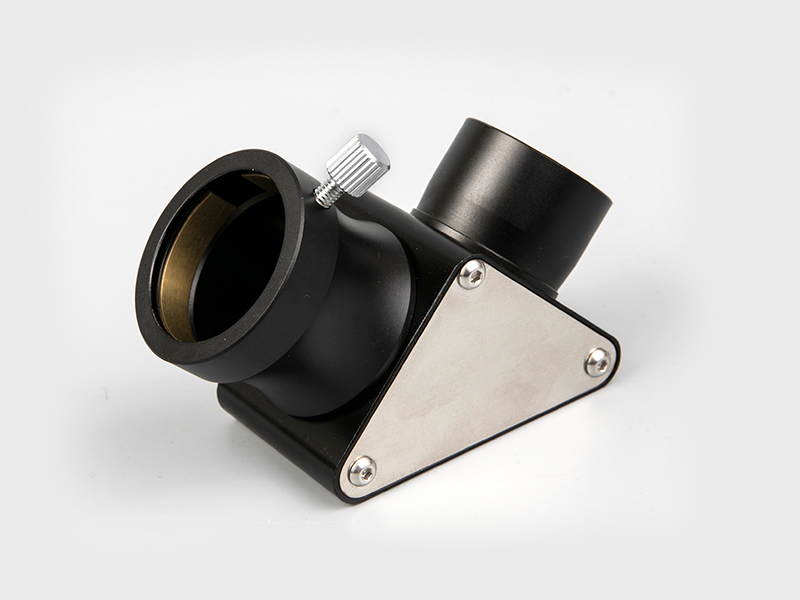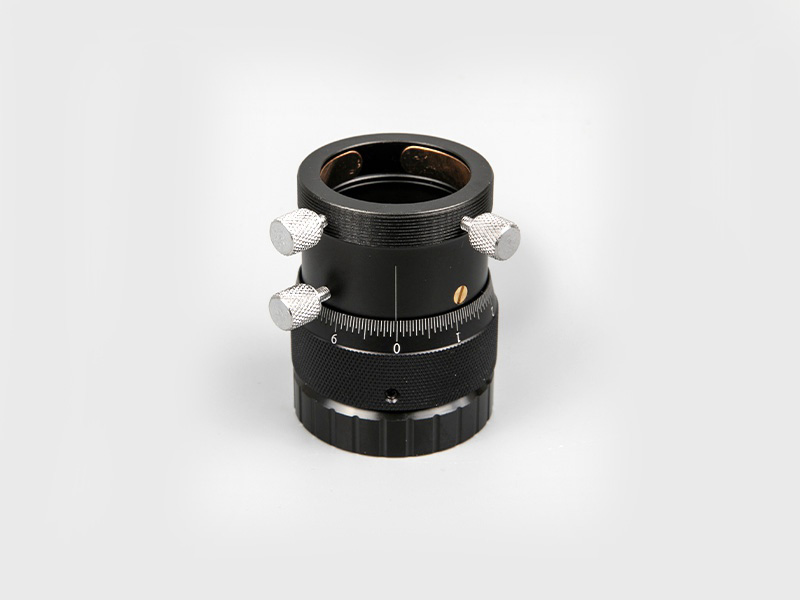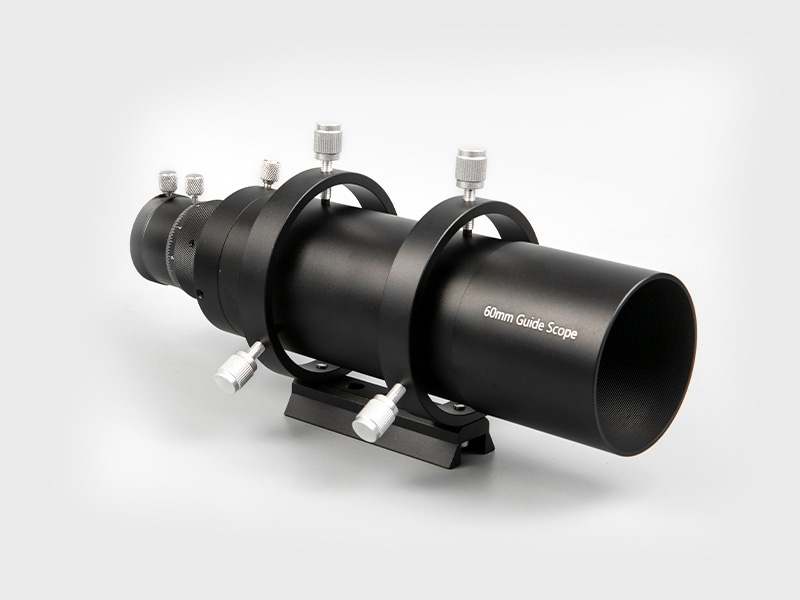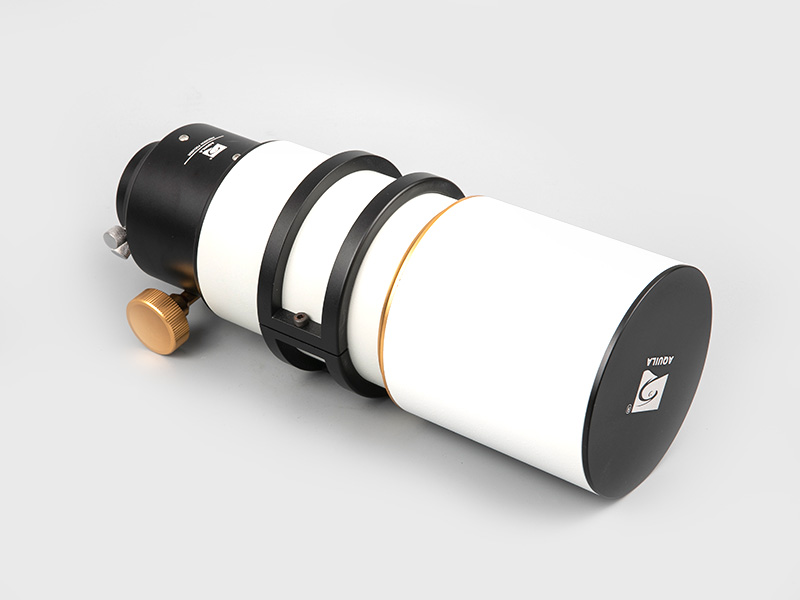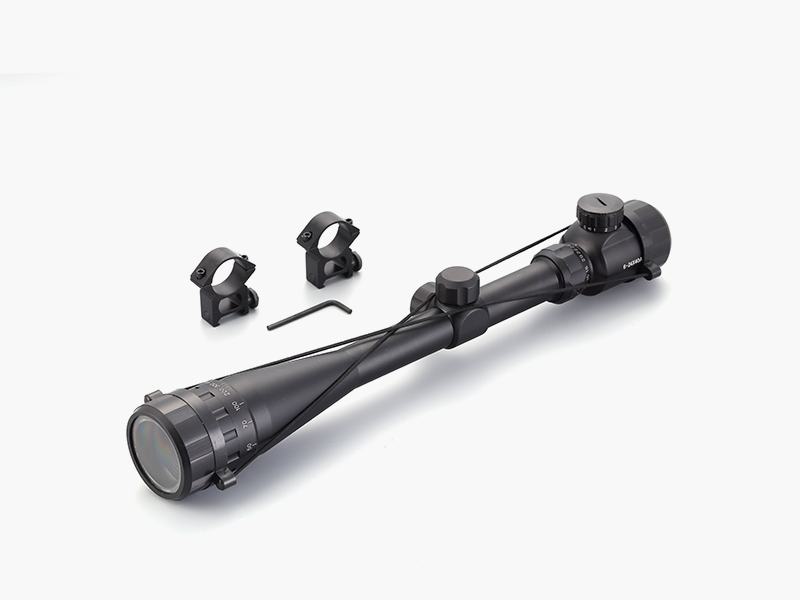1. The distance seen by the telescope is related to human vision:
For example, the letters on the eye chart: When placed at a distance of 5 meters, people with good eyesight can see the bottom row, and people with nearsightedness may only see the first few rows. If you put the eye chart at 50 meters away, using a 10 times telescope is equivalent to zooming in by 10 times (the same as 5 meters away).
2. The distance seen by the telescope is related to the size of the object:
There is an ant at a distance of 1000 meters. If you use a telescope that is 10 times larger, it is equivalent to pulling the ant closer to a distance of 100 meters. You still can't see it. Can you say that this telescope cannot see 1000 meters? If it is a person at 1000 meters, you use a 10 times telescope, which is equivalent to pulling the person closer to 100 meters, you must see clearly.
For example, with the same telescope, the same person observes the billboard at 1000 meters. After the rain, in sunny weather with the sun, you can clearly see the small print on the billboard. In the case of cloudy days without sun and car exhaust and dust in the air, you may not be able to see clearly. Furthermore, if there is fog, that is, there are a lot of suspended particles in the air, and the visibility is reduced, you may not even be able to see it at 5 meters. This is why the highway is blocked in foggy weather.
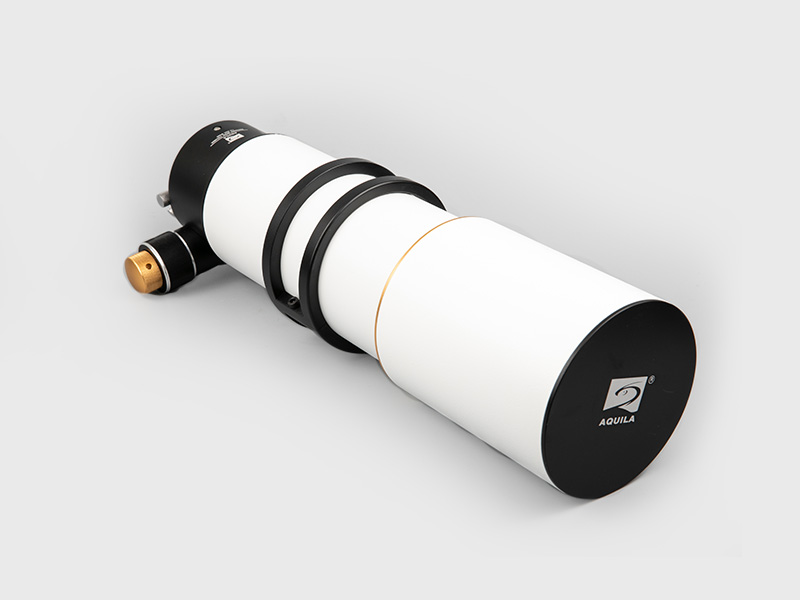
3. The distance seen by the telescope is related to the quality of the telescope itself.
For example, if there is a person at a distance of 1,000 meters, you can see it with a few thousand yuan worth of such as the Ph.D. trophy 234210, a 10x telescope and an ordinary 10x telescope worth tens of yuan. The degree of clarity you see is very different.
Two telescopes have the same parameters (multiplier, aperture, field of view, exit pupil distance, exit pupil diameter), and the price of telescopes with the same size and appearance may differ several times or more. This is not surprising.
4. The price of the telescope has little relationship with the multiple:
There are almost no military telescopes that exceed 10 times. The lens, prism, coating, and structure of the telescope determine the quality of the telescope. The light transmittance of a good telescope can reach more than 90%, and a poor telescope is only 50%-60%. The poor telescope sees the sky obviously darker.
Seeing this, you should understand why the telescope does not see the distance data? As long as there is an infinite object, the telescope can see infinite distance. Planets that are hundreds of light-years away can be seen without a telescope, and we can also see it with a telescope. The moon is far away from us (380,000 kilometers), and we can see it with a telescope. But no matter how good a telescope you use, how close you are to molecules, atoms, etc., you can’t see them. Why? Because they are too small!
5. Misunderstanding of telescope magnification
There are many things that are more important than multiples when choosing a telescope, such as the exit pupil diameter and the field of view. It cannot be based on multiples as the only criterion. Because the magnification exceeds the standard allowed by the telescope specifications, the sharpness will decrease instead. For example, for a telescope with an objective lens diameter of 50 mm, in general, the magnification should not exceed 50 times. In fact, a telescope with a magnification of about 10 times is enough to meet most of our usage requirements.
Due to the lack of professional knowledge of telescopes, the public often blindly worship higher telescope magnifications, so some inferior products deliberately label the magnification as hundreds or even thousands of times to mislead consumers. In fact, the indicator to measure the power of a telescope is the aperture of light. For example, when it comes to world-famous astronomical telescopes, people often say that the aperture is a few meters instead of several times. Because it is impossible for our eyes to see things that are smaller than the optic nerve cells of the retina, according to the calculation, the resolution of the human eye's viewing angle is 60 〃. Under a certain objective lens, it is meaningless to increase the viewing magnification infinitely without seeing more details. According to the Rayleigh criterion: the resolution of the telescope is proportional to the aperture of the light. It is calculated that if the aperture of the telescope is 60 cm, the normal magnification should be 23 times. If the magnification is higher than the normal magnification, the resolution will not be improved. Through comprehensive consideration, the magnification of the telescope can be equal to the clear aperture (cm). Anyone with experience knows that a telescope with a magnification of more than 20 times is difficult to observe without support, because you can even feel the jitter of your own heartbeat that is magnified. The actual magnification of those inferior telescopes generally does not exceed six times. At present, the prevalence rate of telescopes equipped by the military of various countries in the world is seven times.
Simply put, the apparent magnification of the telescope is equal to the ratio of the focal length of the objective lens to the focal length of the eyepiece. But it needs to be pointed out that our eyes cannot clearly see objects smaller than optic nerve cells, and the viewing angle resolution of the human eye is 60". Under certain objective lens aperture conditions, the diffraction resolution of the telescope is fixed and simply increased The visual magnification will not see more details, but will only reduce the subjective brightness, so it is meaningless. In fact, the various parameters of the telescope are not isolated, but are mutually constrained. The so-called fish and bear's paws cannot have both.

 English
English 日本語
日本語 Deutsche
Deutsche España
España
